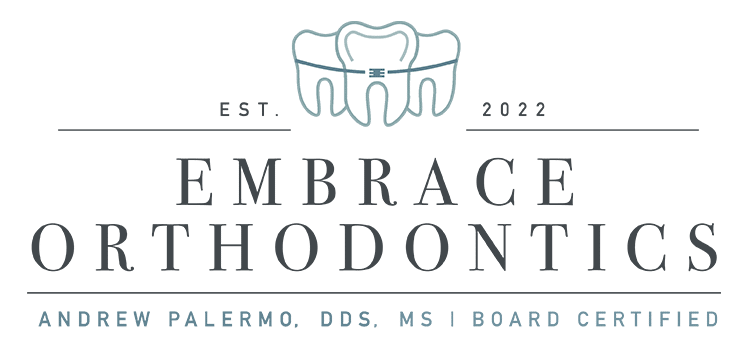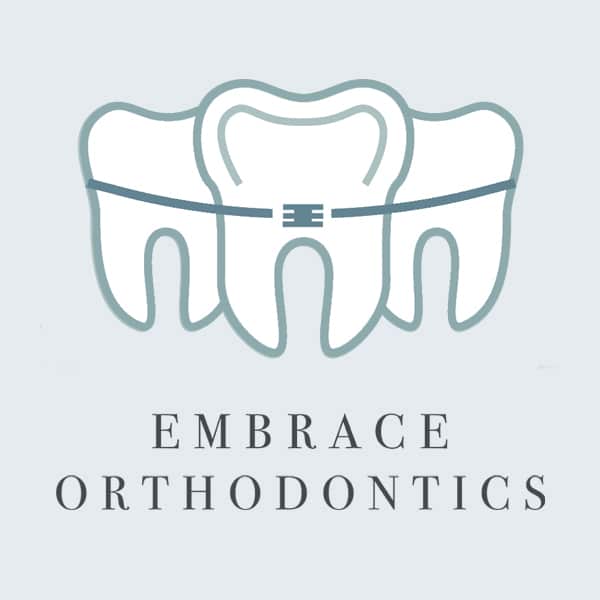
As a parent, you are always attuned to your child’s health and well-being. You notice the subtle coughs, the restless nights, and the little habits that might signal something more. If you've observed that your child frequently breathes through their mouth, snores, or struggles with sleep, you may have wondered about the underlying cause. Sometimes, the answer can be found where you might least expect it: in the structure of their jaw and teeth. This is where airway orthodontics comes into play.
At our practice, we believe in a comprehensive approach to orthodontic care that looks beyond just straightening teeth. We consider the entire facial structure and, most importantly, how it affects a child's ability to breathe properly. This guide is designed for parents like you, offering a clear and reassuring overview of breathing-focused treatment. We will explore what airway orthodontics is, how it differs from traditional methods, and why it could be a vital component of your child's long-term health.
Understanding the Connection Between Breathing and Oral Health
For a child to grow and thrive, proper breathing is essential. The ideal way to breathe is through the nose. Nasal breathing filters, warms, and humidifies the air we inhale, which protects the lungs from irritants and infections. It also promotes the correct resting posture for the tongue and jaw, guiding the healthy development of the facial structure and dental arches.
When a child consistently breathes through their mouth, it can set off a chain reaction of developmental issues. Mouth breathing often occurs because of an obstruction in the nasal passages, such as from allergies, enlarged tonsils, or a deviated septum. To compensate, a child will drop their jaw and position their tongue low in the mouth to open up an oral airway.
Over time, this altered posture can lead to significant concerns:
- Narrow Jaws and Crowded Teeth: The tongue’s correct placement on the roof of the mouth helps the upper jaw (palate) widen naturally. When the tongue rests low, the palate can become high and narrow, leaving insufficient space for permanent teeth to erupt properly. This often results in severe crowding.
- Facial Development Changes: Chronic mouth breathing can influence the growth of the face, sometimes leading to what is known as "adenoid face" or long face syndrome. This is characterized by a long, narrow face, a receding chin, and a less defined jawline.
- Sleep-Disordered Breathing: A restricted airway is a primary contributor to sleep-disordered breathing, which includes conditions ranging from snoring to obstructive sleep apnea (OSA). During sleep, the airway can become partially or fully blocked, leading to pauses in breathing. This disrupts the sleep cycle and reduces oxygen levels, impacting everything from mood and behavior to cognitive function and physical growth.
Airway orthodontics addresses these issues at their source by focusing on improving the airway as the foundation for a healthy smile and a healthy life.
How Airway Orthodontics Differs from Traditional Treatment
While traditional orthodontics excels at aligning teeth and correcting bite issues, its primary focus has historically been on the aesthetic and functional aspects of the smile itself. Braces and other appliances are used to move teeth into their ideal positions, often within the existing jaw structure. In cases of severe crowding, the traditional approach has sometimes involved extracting permanent teeth to create space.
Airway orthodontics expands on this foundation by integrating an evaluation of the patient’s breathing and airway into the treatment plan. It operates on the principle that a beautiful, stable smile can only be achieved when the underlying structures support healthy function—especially breathing. Instead of simply straightening teeth in a compromised jaw, our goal is to guide the growth and development of the jaws to create more space and open the airway.
Here are the key differences:
- A Holistic Diagnostic Process: An airway-focused evaluation goes beyond typical dental X-rays. We often look at the size and shape of the airway, the position of the tongue, and signs of mouth breathing or sleep-disordered breathing. We might ask parents about snoring, daytime sleepiness, bedwetting, or even difficulties concentrating in school, as these can all be symptoms of a restricted airway.
- Emphasis on Early Intervention: We can achieve the most significant impact during a child’s growing years. By intervening early, often between the ages of 5 and 10, we can use specialized appliances to guide jaw growth, widen the palate, and encourage nasal breathing. This approach, known as dentofacial orthopedics, can often prevent the need for more complex treatments later on.
- Growth-Focused Appliances: Instead of just braces, we may use appliances like palatal expanders. These devices work gently to widen the upper jaw, which in turn widens the floor of the nasal cavity and creates more room for both the tongue and the incoming permanent teeth. This helps establish a healthy foundation for future development.
- Collaboration with Other Specialists: Recognizing that airway issues are complex, we often work alongside other healthcare professionals. This may include ENTs (ear, nose, and throat specialists) to address tonsil or adenoid issues, myofunctional therapists to retrain tongue and lip muscles, and sleep medicine physicians to manage sleep disorders. This collaborative approach ensures your child receives comprehensive care.
By focusing on developing the jaws to their full potential, airway orthodontics aims to create lasting results that support not only a straight smile but also lifelong health.
The Long-Term Benefits of Breathing-Focused Care
Choosing an orthodontic treatment path for your child is a significant decision. The benefits of airway-focused care extend far beyond a beautiful smile, offering advantages that can positively impact your child’s health and quality of life for years to come.
First and foremost is the improvement in sleep quality. By opening the airway and promoting nasal breathing, we can significantly reduce or eliminate snoring and other symptoms of sleep-disordered breathing. This allows your child to achieve the deep, restorative sleep necessary for physical growth, cognitive development, and emotional regulation. Parents often report dramatic improvements in their child’s mood, energy levels, and ability to focus at school.
Second, guiding the jaws to grow correctly can create a more balanced and harmonious facial profile. A well-developed jaw provides better support for the facial tissues, leading to a stronger chin and more defined features. This proactive approach helps your child grow into their best self, both functionally and aesthetically.
Finally, by creating adequate space for all permanent teeth to erupt, we can often avoid the need for extractions. This non-extraction philosophy is a cornerstone of modern airway-focused treatment. It leads to a broader, more stable smile and preserves the natural dentition. A healthy, functional bite reduces the risk of future dental problems like excessive tooth wear and TMJ (temporomandibular joint) disorders. Investing in airway-focused treatment is an investment in your child's overall well-being, helping them breathe better, sleep better, and live healthier.
Our Commitment to Your Child's Health
We understand that the world of orthodontics can seem complex, especially when new concepts like airway-focused care are introduced. Our team is dedicated to providing clear information and compassionate care in a warm and professional environment. We believe every child deserves the opportunity to grow with a healthy airway and a confident smile.
If you have noticed any signs of mouth breathing or sleep-disordered breathing in your child, we encourage you to schedule a consultation. Together, we can assess your child’s unique needs and determine the best path forward to ensure a lifetime of healthy smiles and easy breathing.
Frequently Asked Questions About Airway Orthodontics
At what age should my child be evaluated for airway issues?
We recommend an initial orthodontic evaluation around age 7, as this is an ideal time to spot developing issues with jaw growth and eruption of permanent teeth. However, if you notice signs of mouth breathing, snoring, or other sleep-related issues in a younger child, it is wise to seek a consultation sooner.
Is airway orthodontics only for children?
While early intervention is ideal for guiding growth, adults can also benefit from airway-focused treatment. For adults, treatment may involve collaboration with a sleep physician and the use of specialized oral appliances or even corrective jaw surgery to improve airway function and treat conditions like obstructive sleep apnea.
The team at Embrace Orthodontics is committed to providing advanced, patient-focused care for families. If you have questions about your child’s oral development or wish to learn more, please contact us to schedule an appointment.

